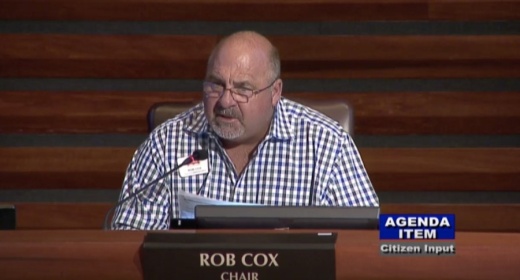The commission voted 5-1 at a Sept. 8 meeting in favor of amending the zoning ordinance concerning the use and development of indoor gun and archery ranges. This comes after Frisco City Council called a public hearing on the ordinance at an Aug. 4 meeting.
Indoor gun ranges are currently only allowed in the city’s industrial zoning districts. In the amendments approved by the commission, indoor gun ranges would:
- be allowed by right in industrial districts as long as the use can meet certain decibel and distance criteria; and
- allow indoor gun ranges in other, nonresidential zoning districts with the adoption of specific-use permit by the council. This would include all nonresidential zoning districts except for Office-1, Office-2, Information Technology and Original Town Commercial districts.
Under the amendments, indoor gun range buildings must be a minimum of 325 feet from vacant or developed single-family property, per city documents. This does not apply to any public, semi-public or private uses such as schools and golf courses.
“The purpose of this is to create that separation and that boundary from the gun range building to the property line of the single-family [property],” city Planning Manager Anthony Satarino said at the meeting. “This separation would bring the decibel level to that of 35 decibels.”
Satarino said 40 decibels is considered standard noise in a suburban neighborhood at night.
Commissioner David Box voted in opposition of the zoning amendment, citing concerns of the distance between possible indoor gun ranges to schools and churches.
“I don’t think it makes sense to be within one football field of a school, within one football field of a day care, one football field within a church,” Box said at the meeting. “I look at incidents around our country, and I don’t think that’s a good precedence for our city.”
In response, P&Z Chair Robert Cox said requiring a specific-use permit for indoor gun ranges in nonresidential zoning districts could prevent placing an indoor gun range in an unfavorable area.
“It has to go through us,” Cox said. “I certainly think if we had a building sitting out by itself next to a school, it would be hard to get through a planning and zoning process and/or City Council process unless there was some reason it made a lot of sense.”





